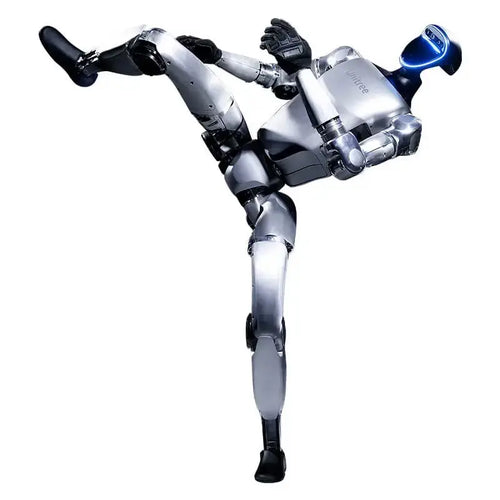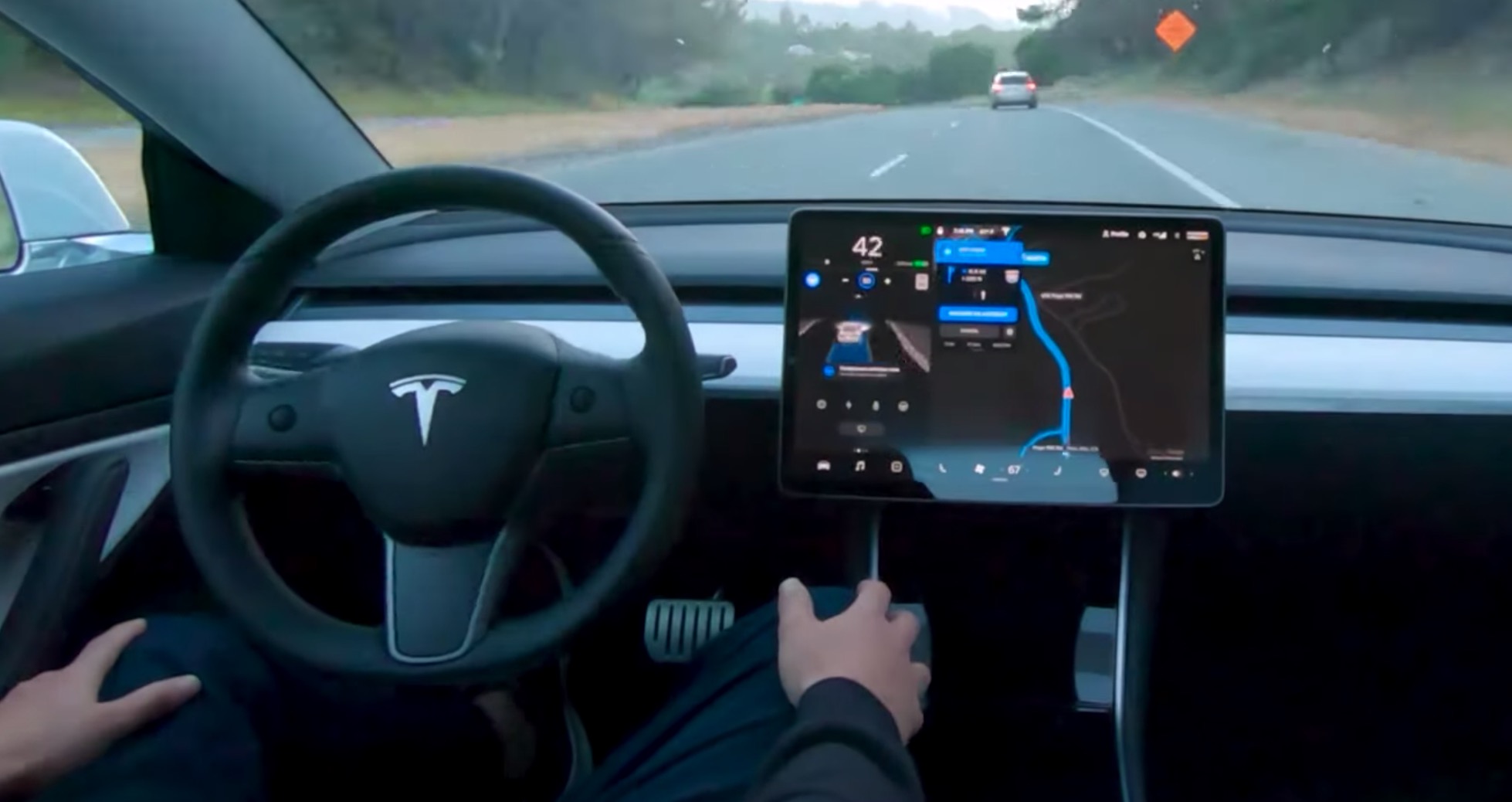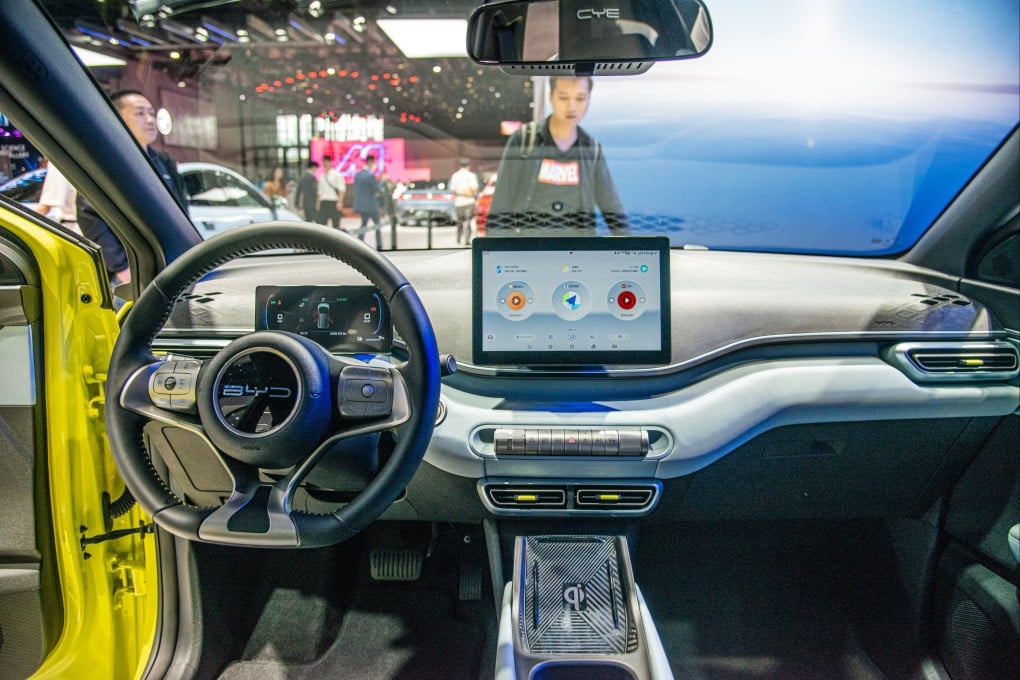How BYD Is Beating Tesla at Its Own Game
Beyond Motion: How Robots Will Redefine The Art Of Movement
Just Like BYD Beat Tesla in EVs, Chinese Companies Are Poised to Win the Robot Race
In the global electric vehicle (EV) market, one fact is now undeniable: BYD has outpaced Tesla in sales and localized dominance. While Tesla popularized the electric car and transformed automotive culture, BYD quietly built scale, diversified models, leaned into affordability, and aligned with the Chinese government's industrial policy. The result? Tesla is now the disruptor being disrupted. And the same playbook suggests that China—not Silicon Valley—is the most likely epicenter of victory in the coming robotics revolution.
The Next Race: Robotics
Tesla’s pivot toward humanoid robotics with its Optimus project is ambitious, but it’s a familiar script: visionary promise, years of delays, and a very centralized, Elon-centric approach. Meanwhile, in China, a swarm of robotics startups—often backed by deep government subsidies, AI-savvy engineers, and abundant hardware manufacturing capacity—are already shipping, scaling, and integrating robots across industries.
Why China Will Likely Win the Robot Race
1. Hardware Ecosystem Advantage
Shenzhen is to robotics what Detroit was to cars in the 20th century. Chinese firms already dominate global manufacturing, sensors, and battery supply chains. When building humanoid or industrial robots, this matters more than sleek software demos. Companies like Fourier Intelligence and UBTech aren’t building robots in isolation—they're backed by an ecosystem that excels in cost-effective production.
2. Workforce and Demographic Alignment
China’s aging population and shrinking labor force create a uniquely strong demand for service and elder-care robots. This provides a massive domestic test bed, regulatory support, and incentive for rapid rollout. Where the U.S. is still debating robot ethics, Chinese companies are putting robots to work—in hospitals, warehouses, and hotels.
3. Aggressive AI + Robotics Integration
China is not just excelling in AI model development—it is integrating AI into physical systems faster. Firms like DeepRobotics, Unitree, and AgileX are already producing legged robots, warehouse bots, and quadrupeds that are rugged and field-ready, not just lab experiments. This convergence of AI + mobility is at the heart of next-gen robotics.
4. Government Policy and Industrial Planning
Unlike Tesla, which relies heavily on private capital and charismatic leadership, Chinese robot companies benefit from top-down industrial policy. Robotics is explicitly prioritized in China’s "Made in China 2025" strategy. With state-backed funding, land, and partnerships, Chinese firms scale faster with fewer roadblocks.
5. Decentralized Innovation
Tesla is a one-man vision machine. China's robotics push is decentralized, with hundreds of startups exploring everything from soft robotics to exoskeletons to factory automation. This parallel innovation model ensures faster iteration, resilience, and market fit discovery.
A BYD Moment in Robotics?
Just as BYD wasn’t the flashiest name in EVs but quietly became the largest, the next global robot leader may not be the loudest or most hyped. It may be a company that focuses on delivering affordable, useful robots at scale—backed by China’s unmatched manufacturing muscle and AI integration.
Tesla sparked the imagination. But just like BYD built the real EV empire, a Chinese robotics company may soon be doing the same with humanoids, quadrupeds, and autonomous machines.
In the robot wars of the 2030s, don’t be surprised if the victor speaks Mandarin.





